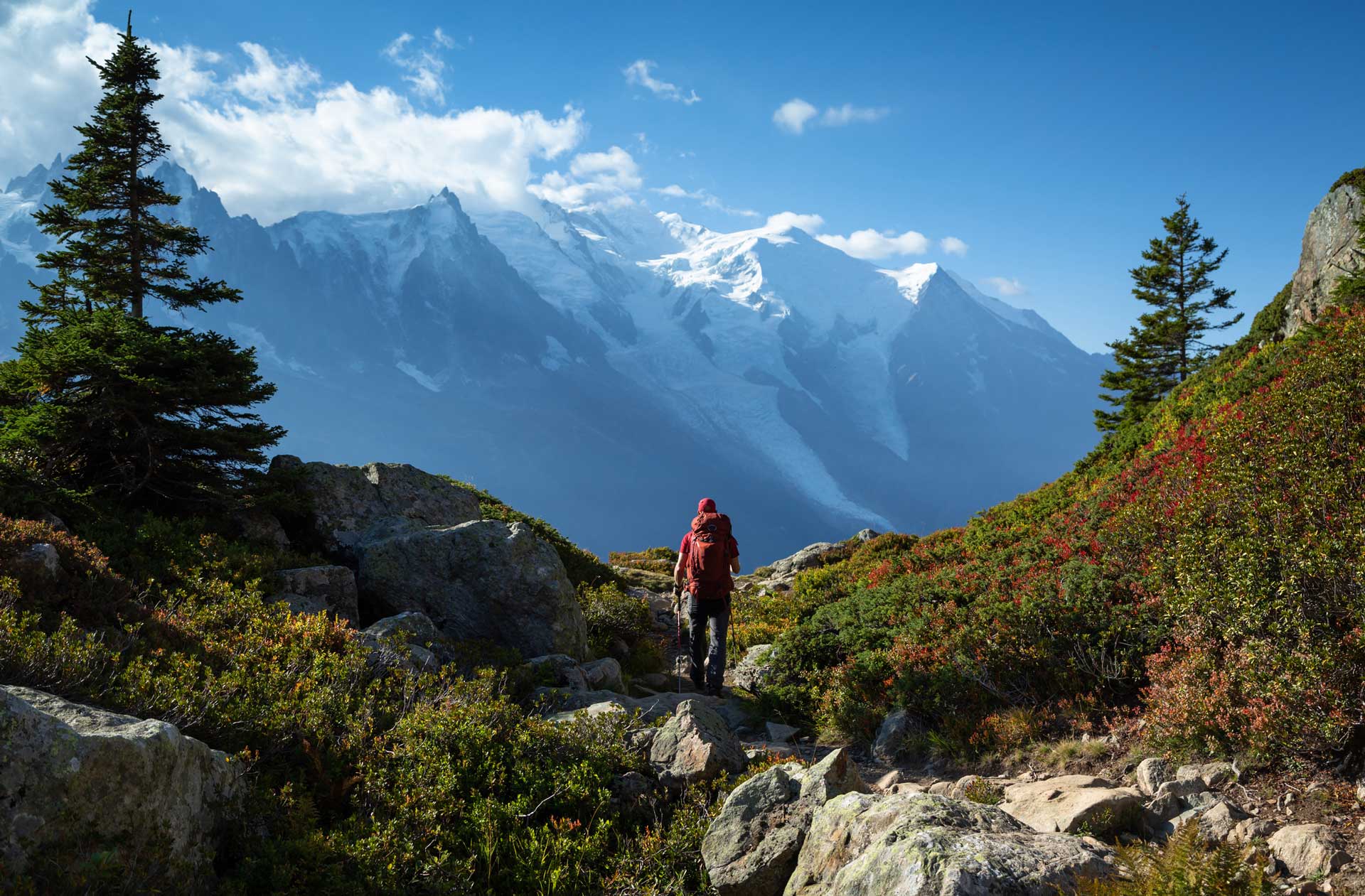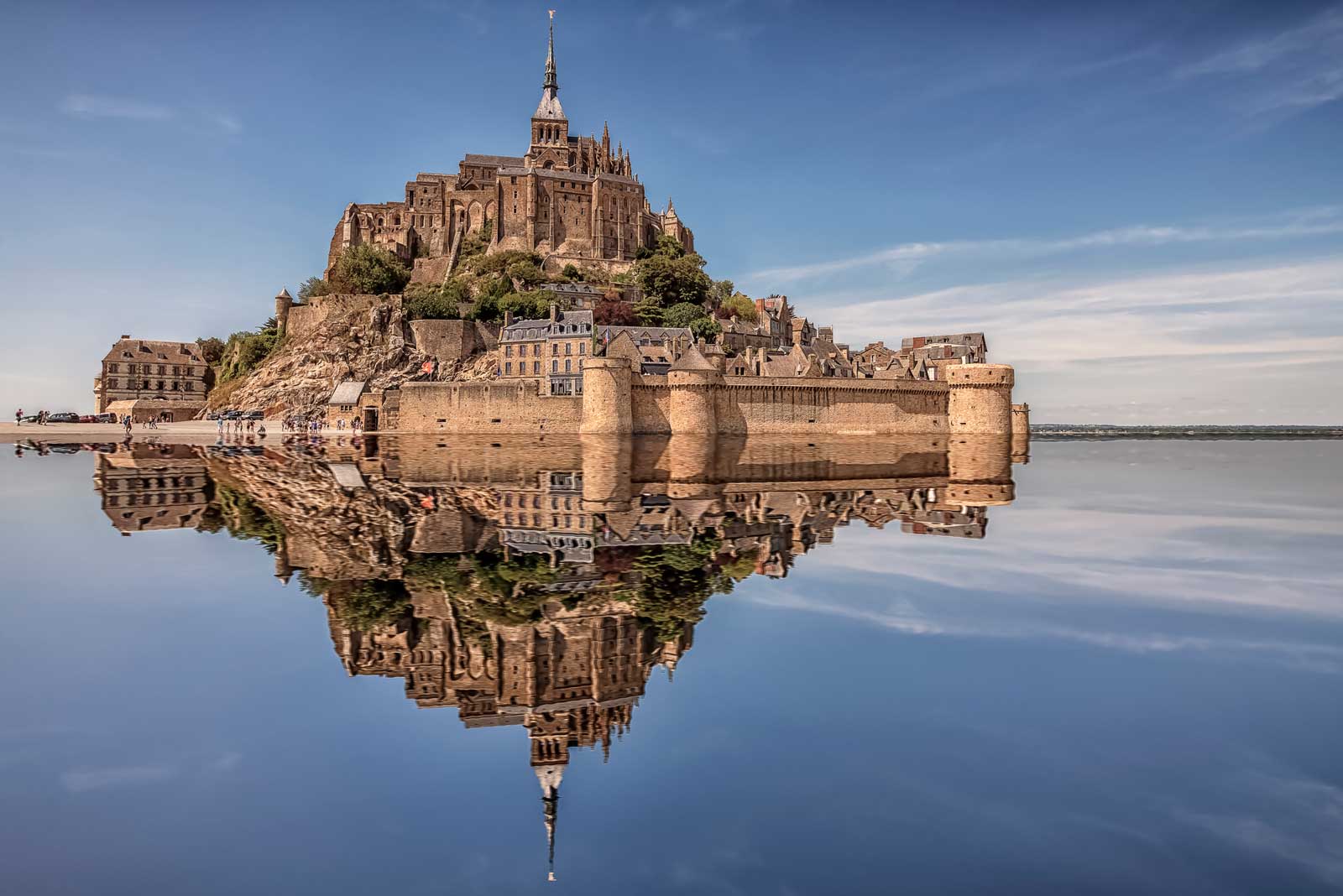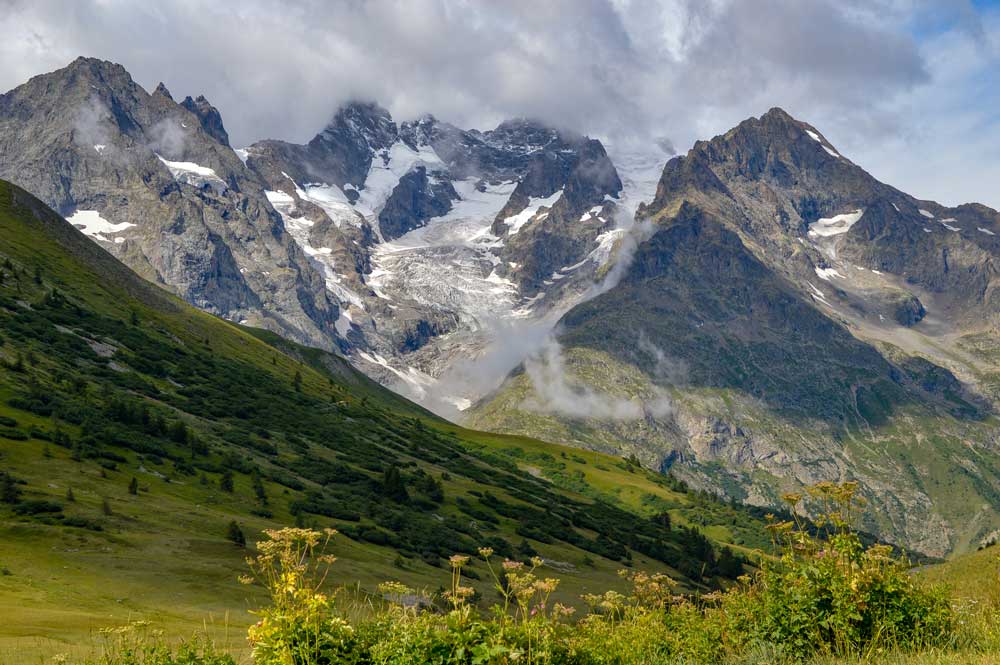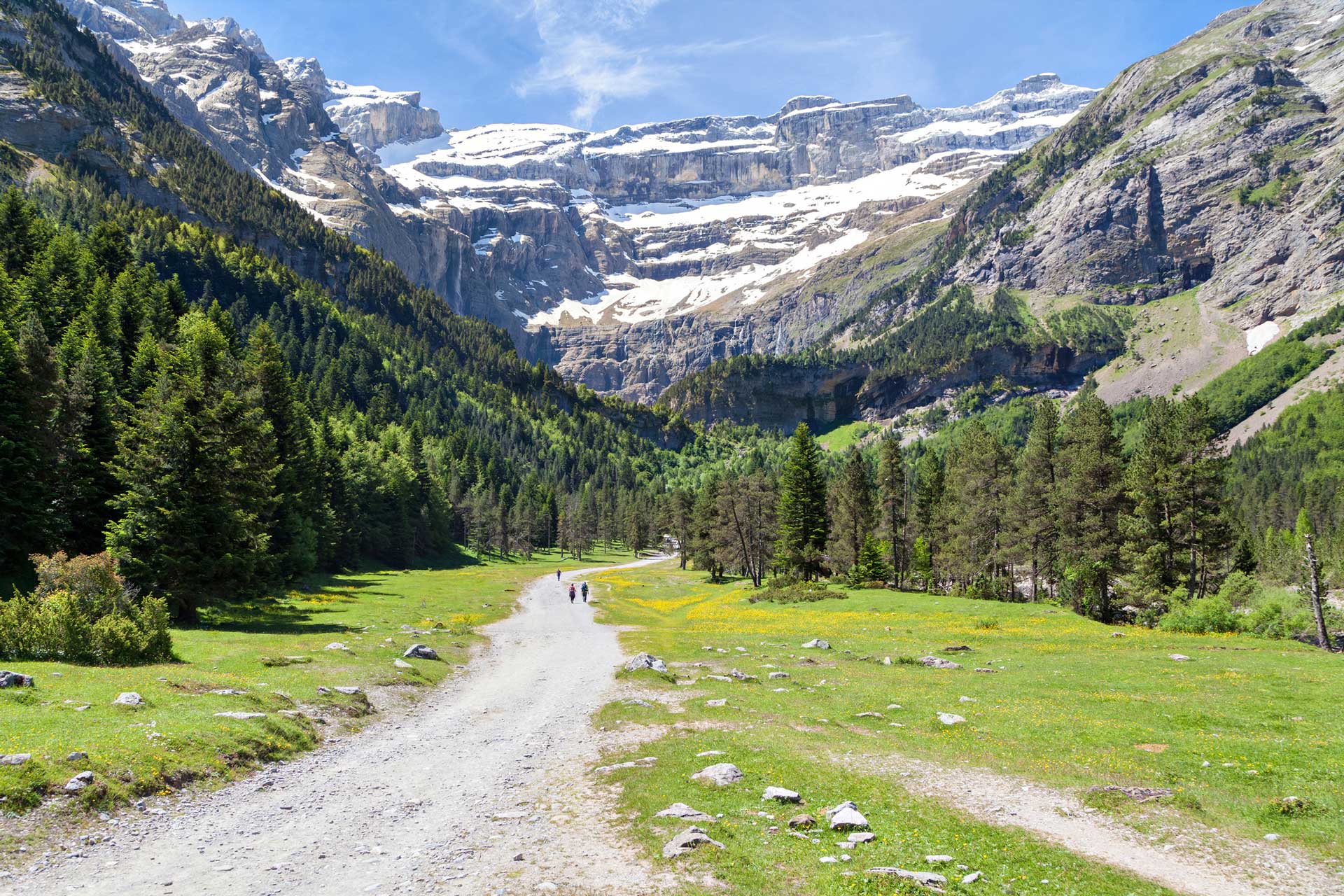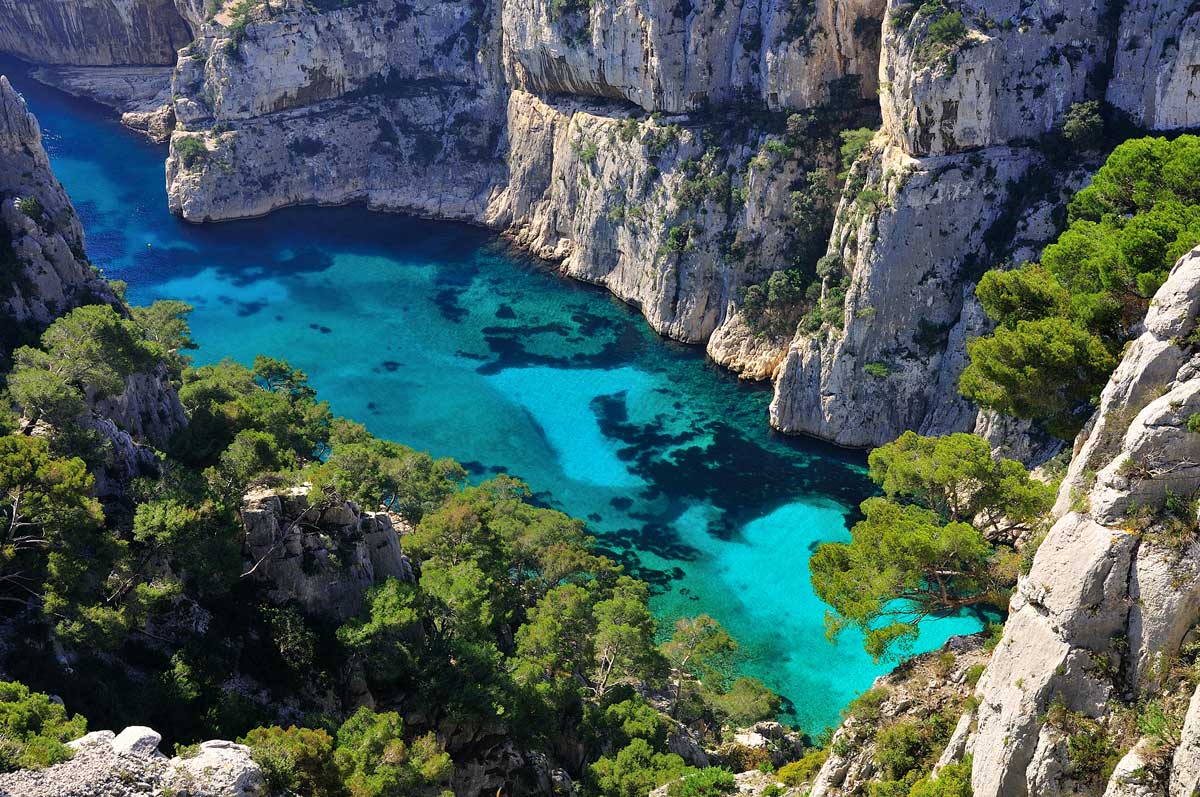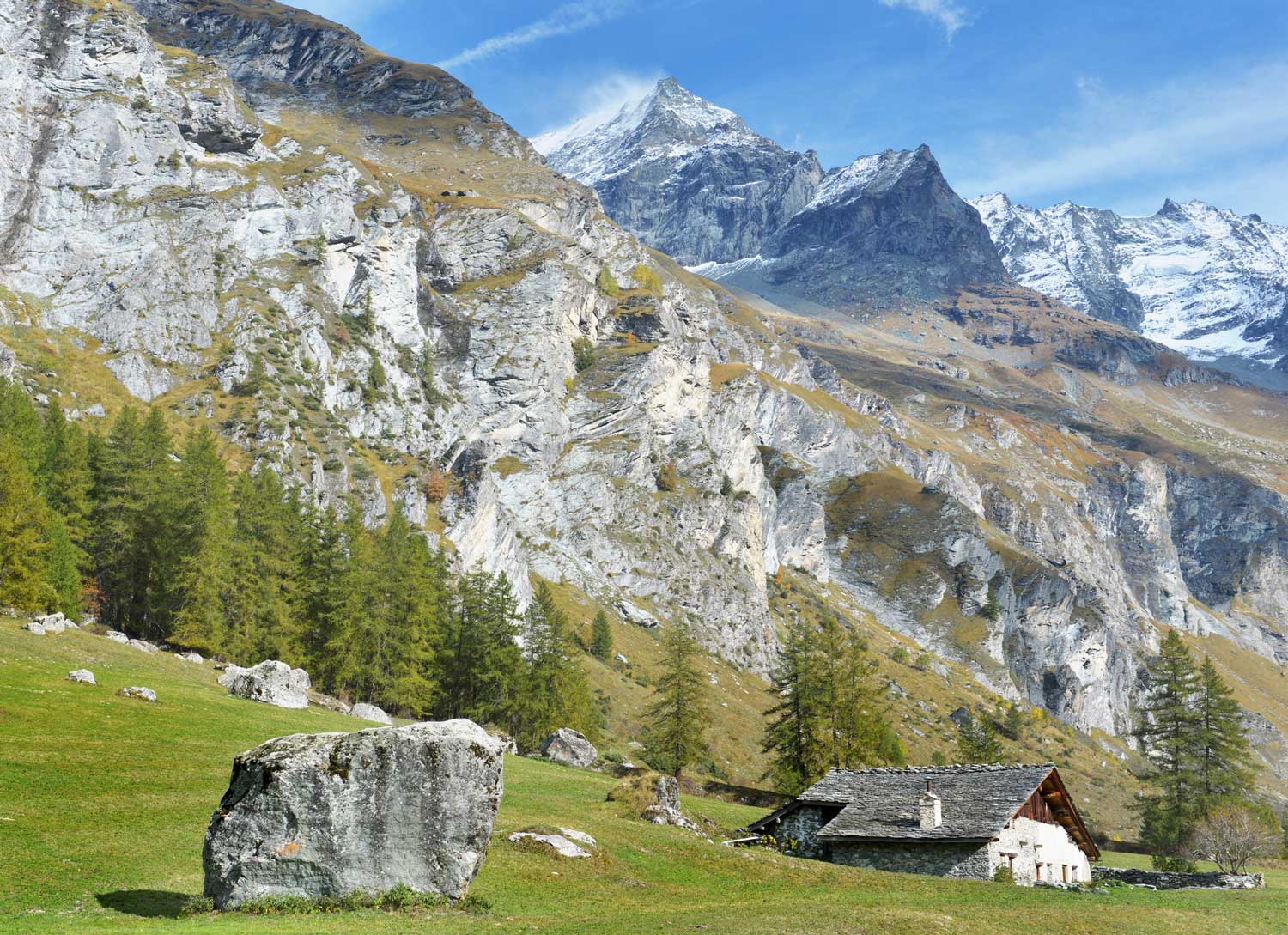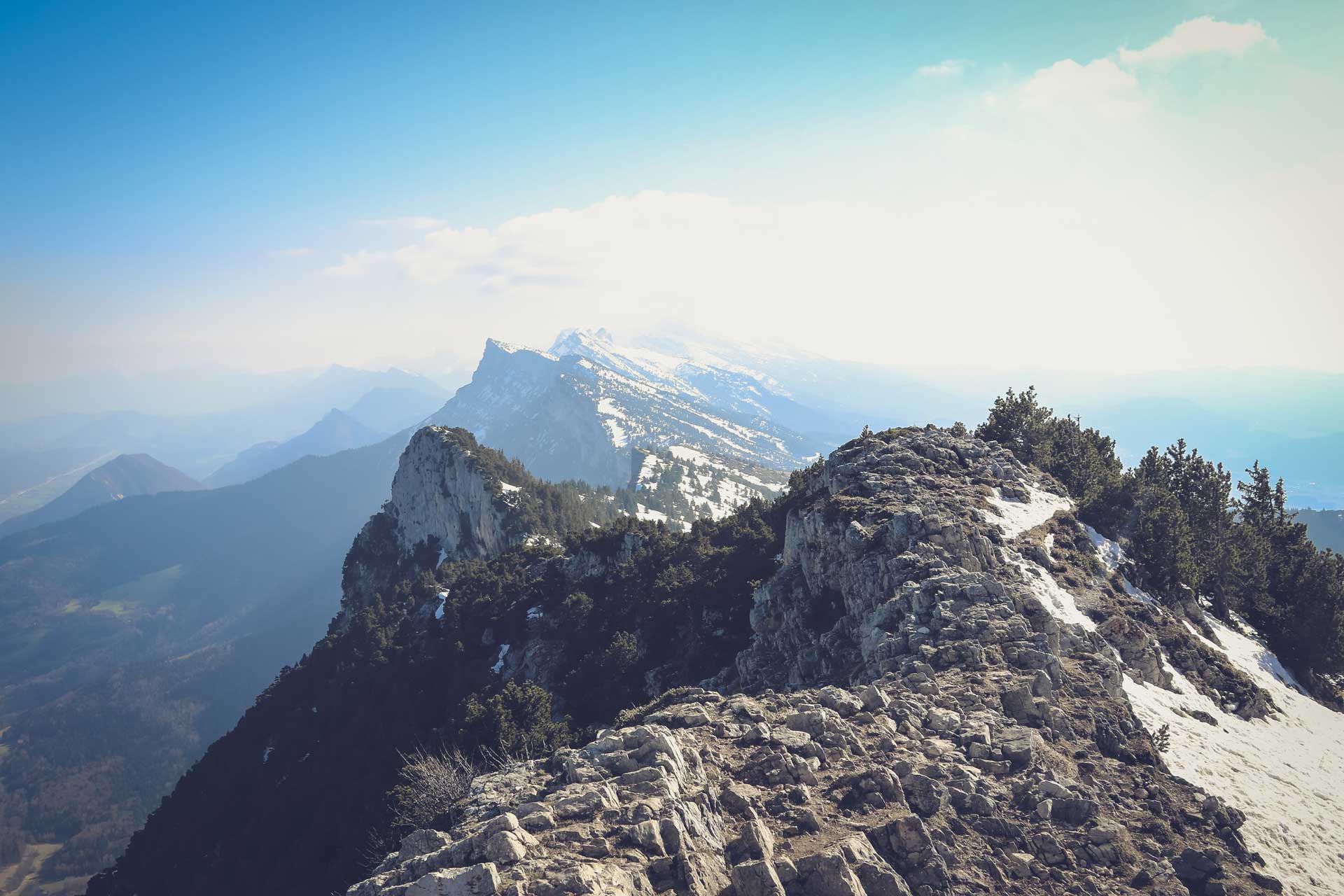A hiker’s paradise, France is a country with over 60,000kms of GR (Grand Randonnée) routes. The country is criss-crossed with trails, from hour-long plods to multi-month adventures. With the Alps to the east, the Pyrénées to the south, a vast coastline and the extinct volcanoes of the Auvergne slap-bang in the middle, hiking in France is nothing if not varied.
Whilst the trails here could keep you going for a lifetime rather than just a season, we can’t help but have our favourites. Here’s our top 10.
The GR 20, Corsica Regional Park
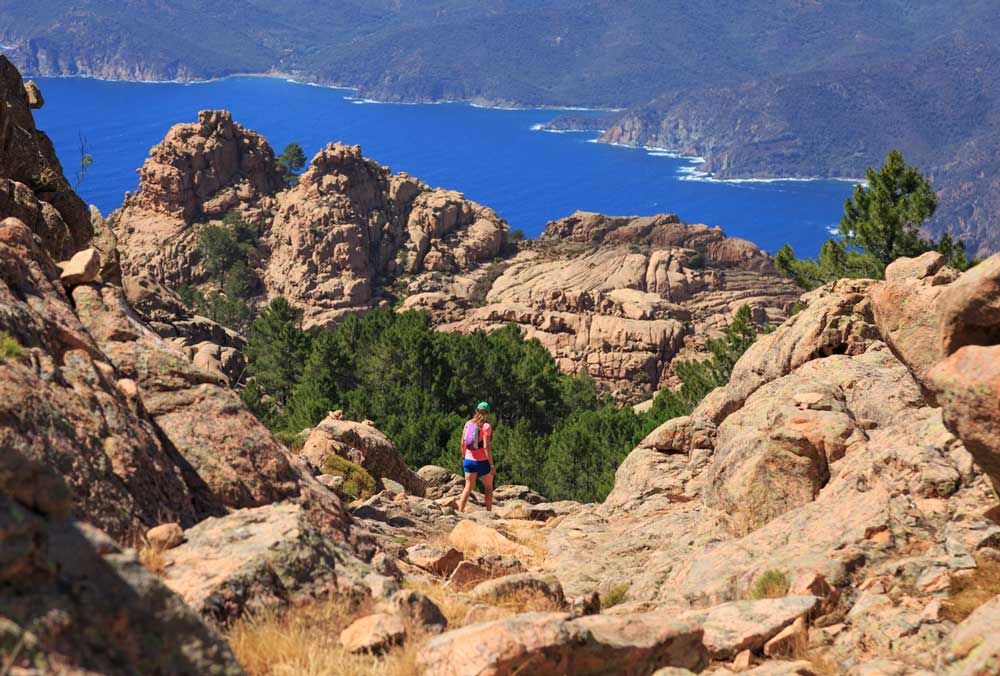
Start: Calenzana
Finish: Conca
Length: 180 km /110 miles
Time: 12-16 days
Often lauded as Europe’s toughest trek, the GR 20 challenges even the hardiest of hikers. Scrambling, near-vertical drops and knee-shattering descents are the rule rather than the exception on this trail.
Most hikers choose to walk north to south, tackling the hardest part of the trail first. Vizzavona, a train station just over halfway, serves as a handy transit point and refuel station, and allows time-poor hikers to choose to split the trail into two halves.
The northern part of the trail is characterised by barren, jagged peaks and steep scree slopes, before softening in the south to forests, rivers and pools, perfect for a dip during the hot summer months, where daytime temperatures are regularly in the 30s.
From mid-June to late September, refuges and bergeries (shepherd’s huts) are open and sell three-course meals, fresh cheeses and Pietra (Corsican beer), although costs can be at a premium. Out of season you’ll have to be largely self-sufficient.
Up to 20,000 hikers tackle the GR20 each year, and the vast majority do so in the summer months, so booking refuges or camp spots is recommended. Wild camping away from refuges is not permitted.
Cirque de Saint-Même, Chartreuse Regional Park
Start/Finish: Saint-Pierre-d’Entremont
Distance: 10 km /6 miles
Time: 2-3 hours
This relatively easy trail rewards minimal efforts with maximum views, serving up four different waterfalls that pour down from the steep cliff faces of Chartreuse National Park. We’ve included a 10 kilometre walk, but this trail can easily be shortened or lengthened.
For a shorter walk, keep driving to Saint-Pierre-d’Entremont until you reach a car park just a couple of hundred metres before the first waterfall. Alternatively, extend your hike by taking the path which climbs steeply to the left after the final waterfall to pass by Pas de la Mort (adding on roughly three hours).
During the summer, the waterfalls get very busy with picnickers and tripod-wielding tourists, and although the pine forests provide welcome shade, the pools are perfect for a refreshing dip. In the winter, the cascading water freezes to form spectacular ice waterfalls and the trail is much quieter. Although this is a very accessible trail, sections of the path are steep, rocky, and often wet and slippery next to the falls.
The GR 54 (Grand Tour des Écrins), Écrins National Park

Start/Finish: Le Bourg-d’Oisans (loop)
Distance: 176 km / 109 miles
Time: 7-14 days (average 10 days)
With a reputation for being amongst the most challenging GR routes in France, the GR 54 is not for the faint-hearted. The views, however, are worth the effort and it attracts far fewer tourists than better-known trails such as the GR 20 and the Tour du Mont Blanc.
The trail starts in Le Bourg-d’Oisans and trekkers following the full GR 54 will return to their start point. For the time-poor, a six-day route covers the southern section of the trail, which is widely considered to be the most dramatic.
The scenery in Écrins is rugged, wild, and exceedingly varied. There’s little flat ground with 14 mountain passes to be crossed and roughly 12,000m of elevation gain. Highlights include waterfalls, mountain lakes, scree and jagged peaks, and even glaciers. Wild camping is permitted, and there are also refuges throughout the route.
